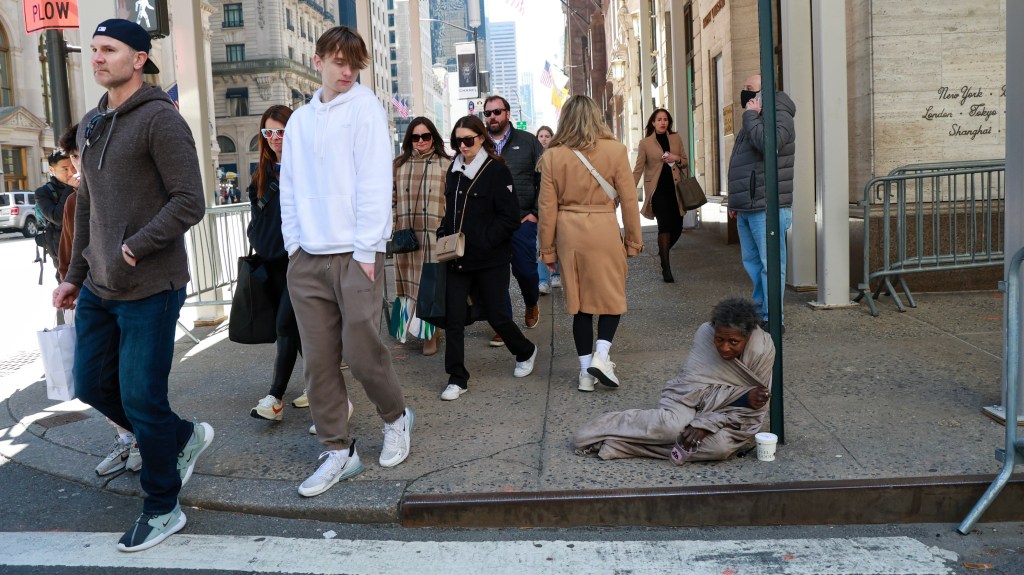
The annual Homeless Outreach Population Estimate, the HOPE count, of street homeless folk took place this January, and the results are in: 4,140 individuals were tallied, just slightly more than last year’s 4,042.
That the street homeless stat has remained about static from last year could be read as a failure in a vacuum, before you consider that the NYC homeless shelter population has effectively doubled in that time, driven almost entirely by the arrival of more than 200,000 asylum seekers.
It is a testament to the city’s compassion and commitment and ability to keep people from having to resort to the danger and indignity of the streets that the count remains so low, whereas much smaller cities have far larger street homeless numbers.
Mayor Adams’ modifications to the right to shelter consent decrees for migrants were necessary. No one wanted asylum seekers to end up on the street and so far we haven’t seen that, as it appears that the transition is being managed adequately.
All New Yorkers, newcomers or not, who need a shelter placement are still getting one. In a city of our size and complexity, that’s an achievement, and one borne out of careful work by the Department of Homeless Services and other agencies working together to make inroads with the street homeless population, connect them to services and case management and help them find permanent homes. Nearly 1,000 people last year were ultimately connected to subsidized permanent housing.
The work here is by definition never done, and there are plenty of policy and practice shifts that could make things better. The city’s recent efforts to somewhat replicate the refugee resettlement system with asylum seekers in Buffalo can be a model to help set up migrants in places that’ll welcome them without having to continue overburdening the city shelter system.
Part of the homelessness equation is the lack of available and affordable homes, and on that front the city and state have long dropped the ball.
Hopefully, the state’s reinstatement of a 421a-like affordable housing development incentive and other pro-housing shifts, though weaker than the expansive and ultimately failed agenda Gov. Hochul had set out last year, will move the needle. So might policies ushered in by the potential approval by the third and final plank of the mayor’s City of Yes plan, which would target zoning requirements and other regulatory obstacles to housing construction.
We should also ensure that those who are suffering from problems that helped cause their homelessness, including mental health issues and substance abuse, are receiving the support they need to stabilize themselves. That means reversing the decline in available mental health beds and supporting programs for substance recovery, including the overdose prevention centers that the state has so far stubbornly refused to sanction or fund.
With all these parts working together with the city’s existing efforts on Safe Haven beds and outreach teams, we can make NYC the city that all but eliminates street homelessness, not by making it illegal, as some others have tried to do and is now before the U.S. Supreme Court, but by helping those in need.





